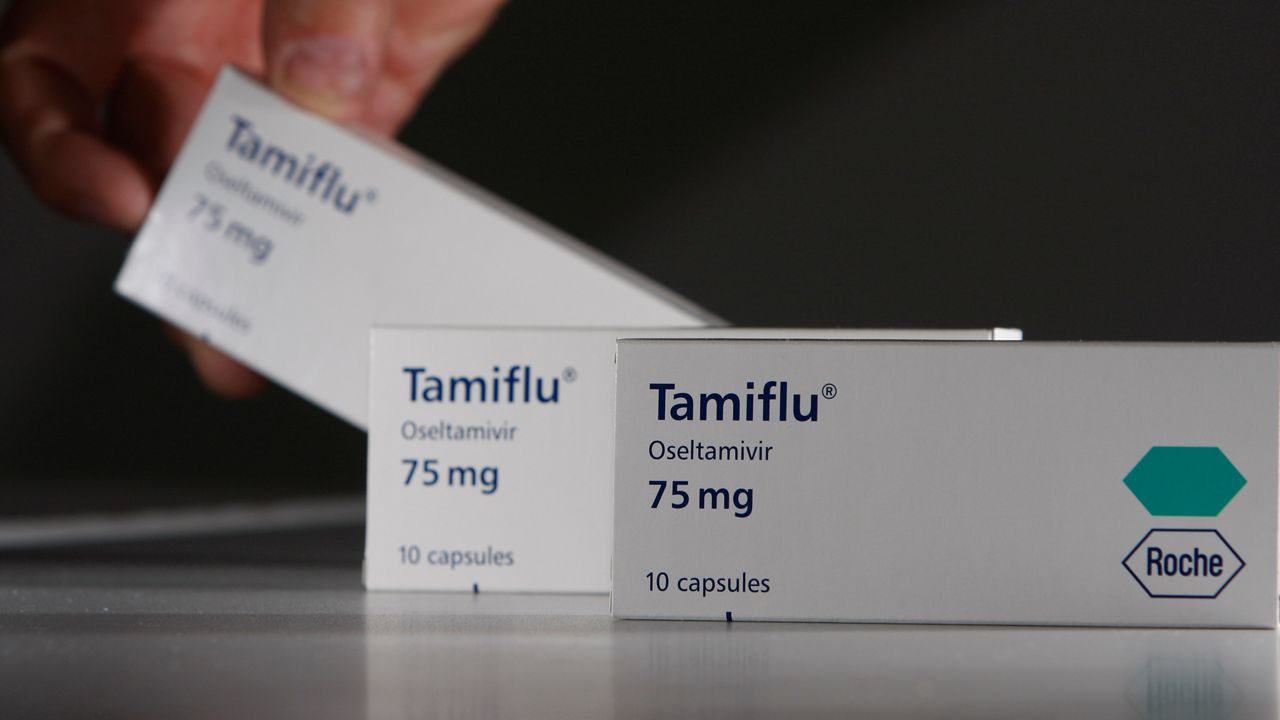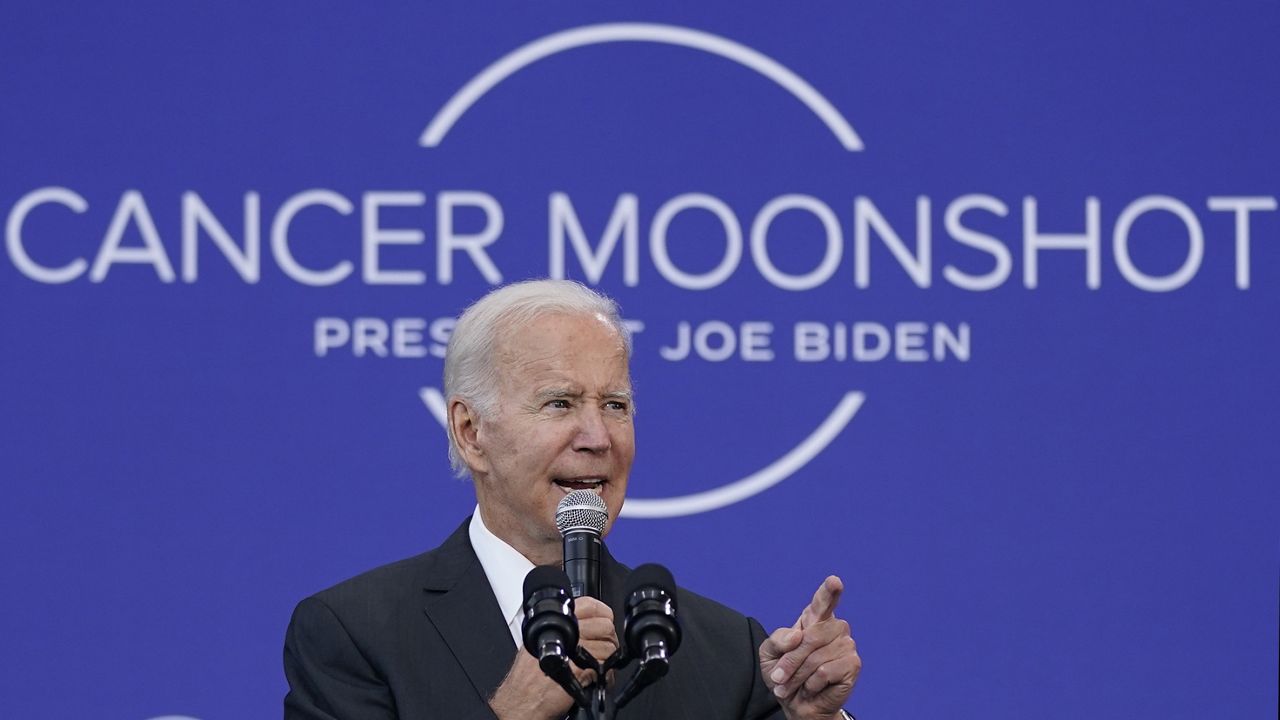The Department of Health and Human Services on Wednesday announced that it was making additional supply of Tamiflu — an over-the-counter medication used to treat and prevent the flu — available via the country’s Strategic National Stockpile.
The move comes amid increased demand for the medication thanks to an early and severe flu season — and amid a “tripledemic” of flu, RSV and COVID-19 cases across the United States.
“We have made it clear to every Governor that the Biden-Harris Administration stands ready to assist with resources and supplies,” HHS Secretary Xavier Becerra, said in a statement. “Today we are taking action so that every jurisdiction can meet the increased demand for Tamiflu this flu season.
“State stockpiles can be utilized, and if jurisdictions need access to the Strategic National Stockpile, they now have it to respond to the current seasonal flu outbreak,” Becerra added.
States will be able to request doses of the prescription flu medication Tamiflu kept in the Strategic National Stockpile from HHS. The administration is not releasing how many doses will be made available. Antiviral medications were released from the stockpile more than a decade ago during the H1N1, also known as swine flu, pandemic.
“The actions taken today to increase access to Tamiflu show our preparedness system at work,” said Dawn O’Connell, HHS’ Assistant Secretary for Preparedness and Response. “The country is more prepared for this surge because the SNS holds strategic stores of Tamiflu. As a result, jurisdictions will be able to get the support they need to keep Americans healthy as flu cases rise this winter.”
The Centers for Disease Control and Prevention said earlier this month it was seeing its highest level of flu hospitalizations in a decade. According to CDC estimates, there have been 9,300 deaths from flu, including 30 pediatric flu deaths. The agency estimates there have been 15 million flu cases and 150,000 hospitalizations.
The Food and Drug Administration does not currently list a shortage for Tamiflu, also known as oseltamivir. But a number of other drugs to treat respiratory illnesses are experiencing shortages, including prescription antibiotic amoxicillin, often used to treat nose and throat infections in children.
CVS and Walgreens limited purchases of children’s pain relievers due to shortages of Children’s Tylenol and other medications. Johnson & Johnson, the maker of Tylenol, said it is not experiencing widespread shortages of Children’s Tylenol, but acknowledged the product may be “less readily available” at some stores. The company said it is running its production lines around the clock.
Doctors and other experts say the problem could persist through the winter cold-and-flu season but should not last as long as other recent shortages of baby formula or prescription drugs.
If caretakers are unable to find cold-and-flu medicine for their child, health experts recommend checking for generics or at other stores. The shortages may vary around the country or even within communities. Caretakers can also contact their doctor to ask about alternative treatments.
The HHS, in its statement, also urged vaccinations against flu and COVID-19, calling it “our best tool” to fight the respiratory illnesses.
Spectrum News' Ryan Chatelain and The Associated Press contributed to this report.








